Teren commends the introduction of the Modernizing Wildfire Safety and Prevention Act of 2024, a welcome legislative effort led by Representatives Josh Harder (D-CA), Scott Franklin (R-FL), and Joe Neguse (D-CO). There are 4 main focuses of the Act:
1. Fire Mitigation and Technology
2. Wildland Fire Workforce Development
3. Wildland Firefighter Support
4. Wildfire Smoke and Public Health
While all four focuses have warranted importance, we at Teren are particularly excited about the focus on fire mitigation and technology, and the subsequent mandate to create a Wildland Dynamic Risk Mapping Program (section 403).
SEC. 403: The Wildland Dynamic Risk Mapping Program
Key Provisions:
- Collaboration for Dynamic Maps: Within three years of the Act’s enactment, the National Oceanic and Atmospheric Administration (NOAA), in collaboration with NASA, the United States Geological Survey, the United States Fire Administration, universities, and National Laboratories, will develop dynamic risk and hazard maps for both woodland and built environments in the United States.
- Real-Time Updates: These maps will be regularly updated to reflect seasonal changes, post-flood or fire alterations, rapidly changing environmental conditions, and variations in fuel moisture. This will involve both remote sensing technologies and on-the-ground monitoring.
- Funding: To support this initiative, $15,000,000 is authorized annually for fiscal years 2025 through 2029.
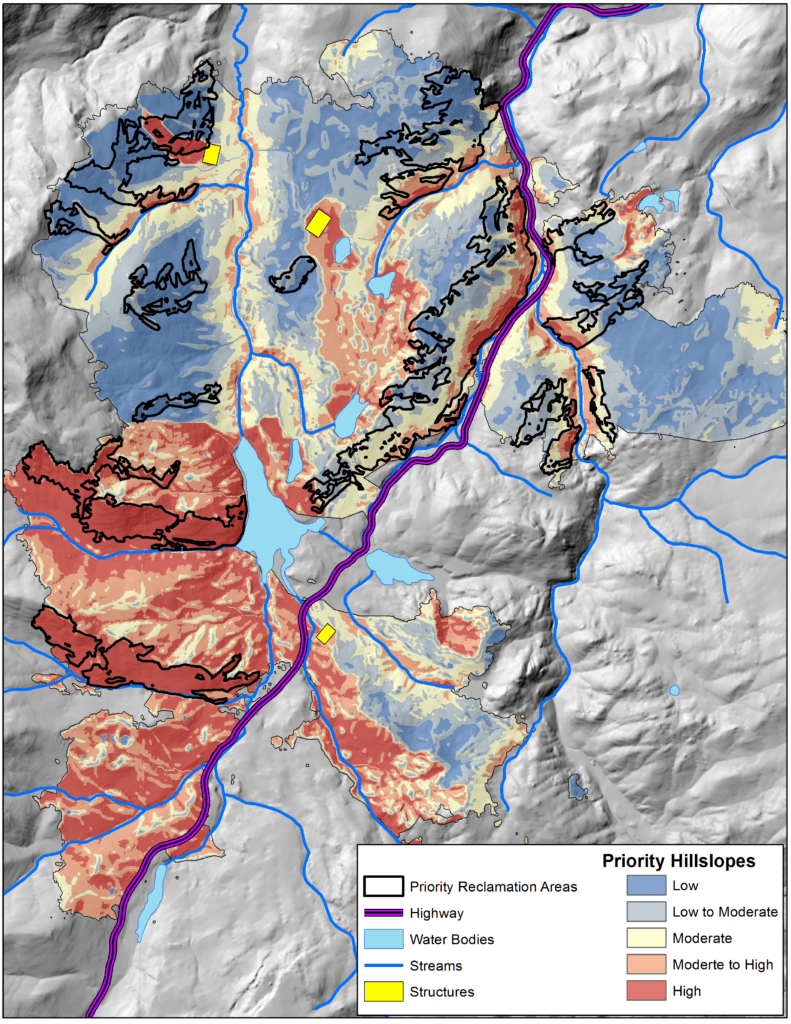
Wildfire risk is ever-evolving in response to weather patterns, seasonal changes, vegetation conditions, and human activities. However, most environmental models rely on static and antiquated data sources that do not reflect the real-time risk conditions to which communities, land managers, and firefighters must respond. Teren applauds the bill for addressing this gap. An area of expertise for Teren, we have witnessed the life-saving benefits that dynamic risk modeling and spatial analysis tools can bring to post-wildfire recovery in the work Teren is doing with the NRCS Conservation Effects Assessment Project on Grazing Lands (CEAP-GL) and New Mexico NRCS field offices following the Hermits Peak and Calf Canyon fires.
SEC. 405: Joint Office of the Fire Environment Center
Another significant component of the Act is the establishment of the Joint Office of the Fire Environment Center, which will play a pivotal role in integrating technology, data services, and predictive analytics to enhance fire management and response, similar to Teren’s approach in post-fire recovery efforts.
Key Provisions:
- Establishment and Structure: The Joint Office, to be established within one year of the Act’s enactment by NOAA, will include branches for Technology and Engineering, Data Services, Analysis and Prediction, and Education and Consultation.
- Functions: The Joint Office will provide real-time, science-based, and data-rich analytic services, decision support, and predictive services for land and fuels management, community risk reduction, and fire management and response. This includes:
- Pre-Fire Mitigation: Assessments and modeling for climate conditions, fuel status, home ignition, structure-to-structure spread, and values at risk.
- Public Health and Safety: Activities to protect public health and safety during and after fires, such as mapping services and data provision for evacuation decisions and air quality monitoring.
- Fire Response and Management: Enhancing response preparedness, initial attack readiness, and decision-making during active fire management.
- Post-Fire Activities: Supporting vegetation recovery, debris flow and flooding management, watershed protection, and ecosystem health.
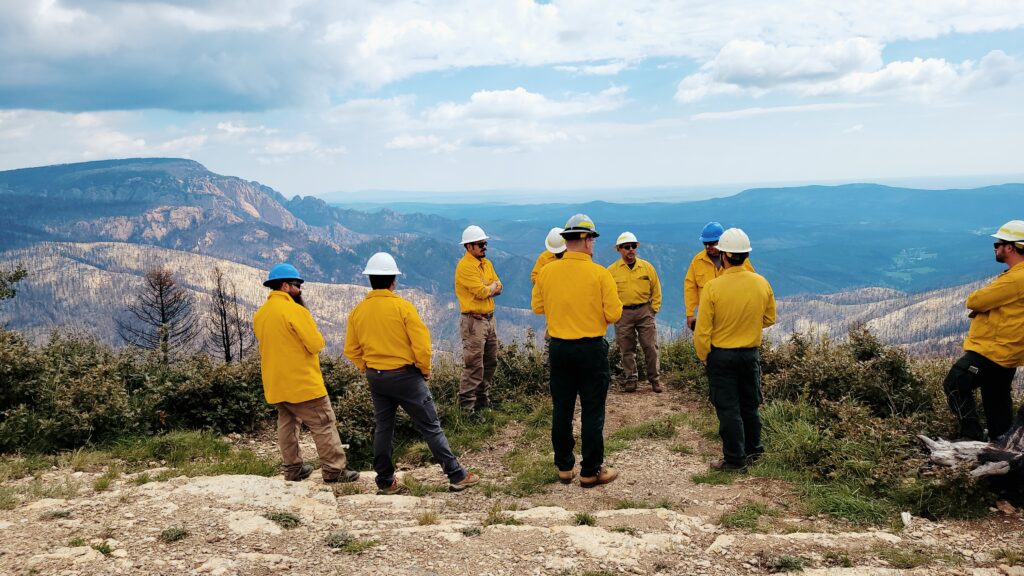
The Joint Office is a significant step forward in the Nation’s ability to democratize critical information, resources, tools — and responsibility — for advancing fire mitigation, safety, response, and recovery. For many decades, the burden of addressing wildland fire has been largely born by the USDA, with more than 50 percent of the Forest Service’s budget now dedicated to fire suppression.
On the other side of a wildfire, the USDA NRCS Emergency Watershed Protection (EWP) program, a Teren customer, steps in to address the imminent post-fire threats to life and property such as debris flows, flooding, and erosion. A Joint Office established by NOAA with partners from across a variety of agencies and organizations will spread the responsibility for improving wildfire prevention, management, and recovery to a broader set of actors and resources that more appropriately matches the scale of the problem.
Conclusion
While still in its infancy, the Modernizing Wildfire Safety and Prevention Act of 2024 is a pivotal step toward enhancing wildfire safety, prevention, and recovery across the nation. By leveraging advanced spatial analytics technologies, fostering inter-agency collaboration, and streamlining support for communities and responders, this Act will significantly strengthen our ability to mitigate and respond to wildfires.
Teren stands in full support of this Act and urges its swift passage to protect our communities and natural landscapes from the devastating impacts of wildfires.
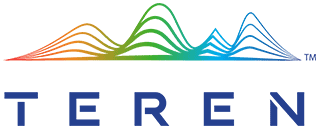
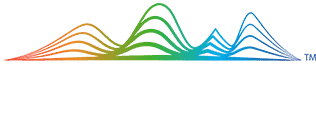
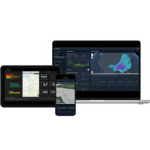
How can Teren help you?
We'd love to hear from you.
- Ready to dive deeper? -
Knowledge Hub
White Papers
Webinars